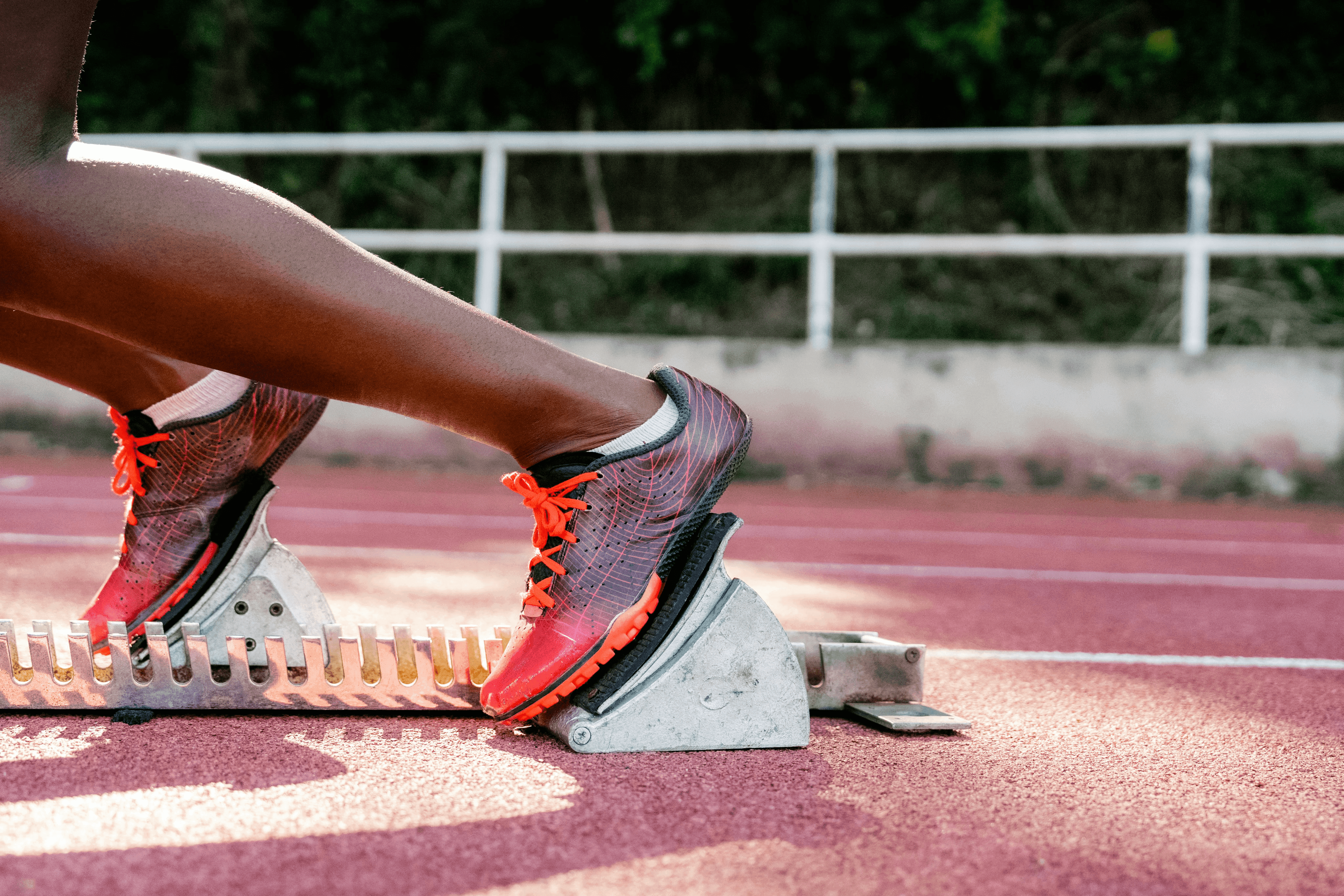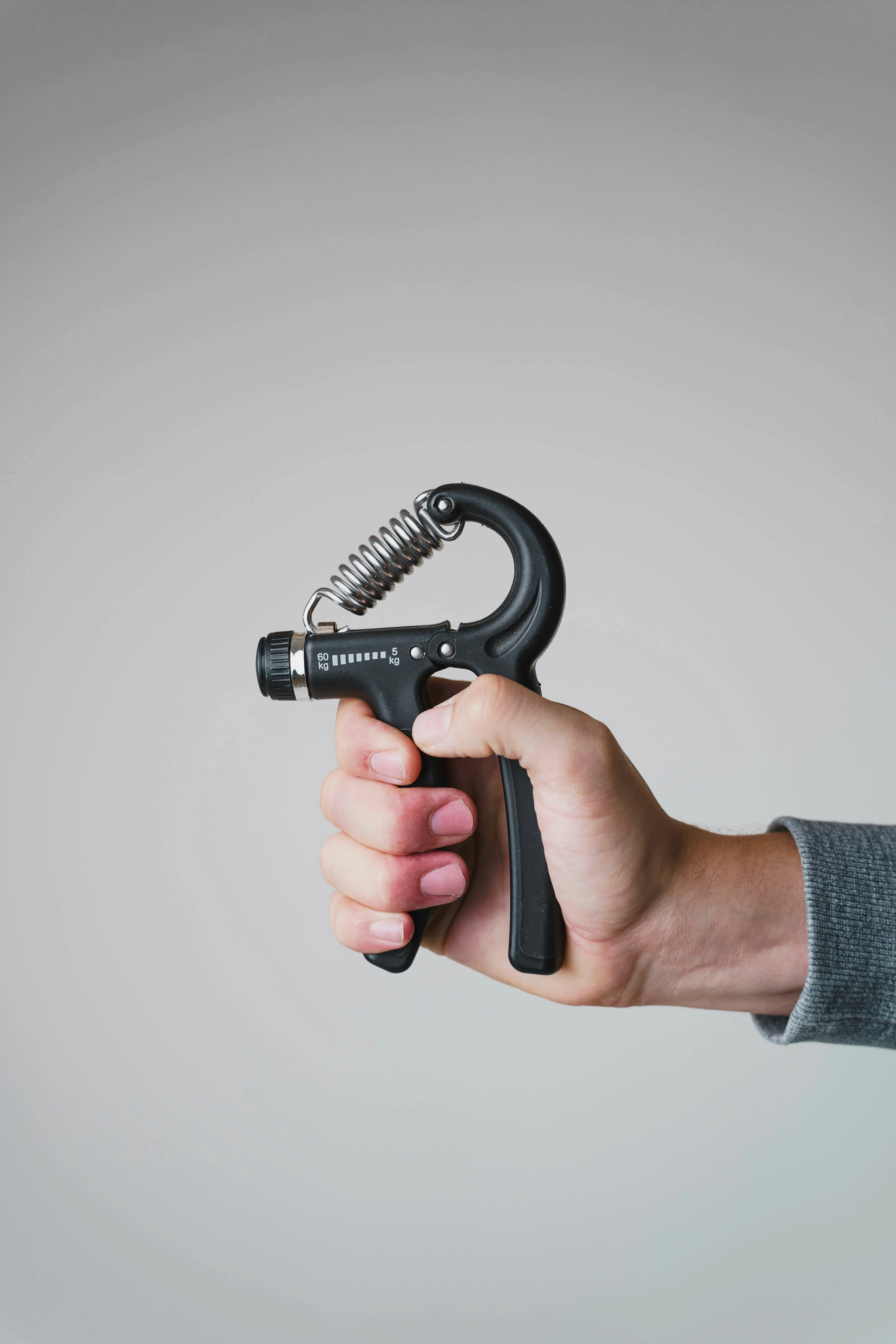Key Takwaways
You Are Not a "Small Man": Most sports science has historically focused on male physiology, ignoring the unique hormonal fluctuations of the menstrual cycle that can influence training.
The Power of Awareness: While "cycle syncing" isn't a proven magic bullet, tracking your cycle helps you spot personal patterns in energy, motivation, and recovery so you can train smarter.
Hormonal Shifts Matter: The rise and fall of estrogen (follicular phase) and progesterone (luteal phase) can impact everything from muscle strength and recovery speed to injury risk.
Adapt, Don't Stop: There is no "bad" phase for exercise. You can train through your whole cycle by adjusting intensity—pushing hard when you feel strong (often follicular) and focusing on recovery or technique when needed (often luteal or menstrual).
Introduction
For decades, most sports science studies focused on men, leaving women to follow training plans designed for flatter hormonal profiles. But women’s physiology is far from flat. Across a typical 28-day menstrual cycle, levels of oestrogen and progesterone rise and fall in predictable patterns, influencing muscle strength, recovery, mood, and even injury risk.
First, a caveat: there is no cookie-cutter approach. Personal bests, world records, and championship titles have been achieved at every phase of the menstrual cycle. The most important point isn’t about rigidly syncing training to biology, but about developing awareness of your own physiology. By tracking how you feel in terms of energy, motivation, recovery and performance, you can spot patterns and adapt training accordingly.

Increasingly, researchers have asked whether adapting training to these fluctuations could help women train more effectively. Some studies suggest benefits but the evidence base is mixed, often limited by small sample sizes, and not always statistically significant (McNulty et al., 2020). What we can say with confidence is that awareness matters. Many women find that tracking their cycle helps them understand their own energy, motivation, and performance patterns.
Discover the 5 Habits That Boost Your Longevity
Unlock a doctor-reviewed 5-day guide to the core pillars of long-term health—diet, exercise, lifestyle, sleep, and mental wellbeing. Evidence-based, practical, and designed to help you start making meaningful changes today.
No spam. Unsubscribe anytime.
By continuing, you agree to receive occasional updates from Emerald. See our Privacy Policy.
The Physiology Behind It
The menstrual cycle is driven by oestrogen and progesterone, which fluctuate in a fairly predictable rhythm:
• Oestrogen peaks in the follicular phase. It may support collagen synthesis, enhance glucose uptake, and reduce perceived exertion. Laboratory studies suggest it could have protective effects on skeletal muscle, but real-world training benefits are less clear.
• Progesterone, dominant in the luteal phase, raises core temperature and shifts metabolism towards fat use. Some studies suggest that progesterone slows recovery and makes high-intensity exercise feel harder, but again, findings are inconsistent.
These mechanisms are plausible, but the extent to which they translate into measurable performance changes is still debated.
The Four Phases of the Cycle and Training Implications
1. Menstrual Phase (Days 1–5)
Low hormones can mean fatigue, cramps, or low motivation. Yet, exercise may improve mood and relieve period pain, even if the exercise is gentle (Daley, 2008).
Training idea: Prioritise restorative movement, yoga, walking, mobility, or lighter resistance work.
2. Follicular Phase (Days 6–14)
As oestrogen rises, some women feel sharper, stronger, and more motivated. Small studies suggest better endurance and recovery here (Julian et al., 2017). However, meta-analyses show only minor and inconsistent benefits.
Training idea: This may be a good time to push intensity i.e. heavier lifts, sprints, or HIIT if you feel up to it.
3. Ovulation (~Day 14)
Oestrogen peaks and testosterone rises briefly, which could support maximal strength and sprint capacity. However, this is also when ligament laxity is highest, possibly raising ACL injury risk (Wojtys et al., 1998). The link is biologically plausible but evidence is not definitive.
Training idea: Max effort sessions are an option here, but combine them with good warm-ups and joint stability work.
4. Luteal Phase (Days 15–28)
Progesterone dominates, often linked with higher body temperature, slower recovery, and sometimes fatigue or sleep disruption. Research suggests endurance work may feel harder, but findings vary widely.
Training idea: Focus on steady-state cardio, technique drills, mobility, or recovery. It is worth keeping in mind that not everyone feels worse in this phase.

Longevity starts with awareness
Less than £1/day. Test 115+ biomarkers. Personalised plan and 1:1 GP support.
The Evidence and the Caveats
A 2020 meta-analysis (McNulty et al.) reviewing over 50 studies found only small, often non-significant effects of menstrual cycle phase on performance, with the follicular phase sometimes looking slightly more favourable. However:
• Study designs vary widely.
• Sample sizes are small.
• Individual differences are huge.
The biggest caveat: for some women, cycle phase strongly affects training whereas for others, there’s no noticeable change.
How to Put It Into Practice
The best approach is self-experimentation:
Track your cycle (apps or journals work). Note energy, motivation, recovery, and training performance.
Look for patterns over a few months. Do you notice highs/lows? Or are you steady across phases?
Adapt accordingly, not because science says you must, but because your body gives you feedback.

Myth vs Reality: Training with Your Cycle
Myth 1: You can’t exercise during your period.
Reality: Exercise can actually improve mood and ease cramps. While you might feel more tired, gentle movement or even normal training, if you feel up to it, is safe and can be beneficial.
Myth 2: The follicular phase guarantees peak performance.
Reality: Some studies suggest performance may be better here, but the effects are often small and not statistically significant. Many women don’t notice a big difference.
Myth 3: The luteal phase is a “weak” phase.
Reality: Progesterone can make recovery slower and endurance feel harder, but it doesn’t mean training stops. Many women still train effectively here with lighter or technique-focused work.
Myth 4: Cycle syncing is scientifically proven to boost performance.
Reality: The evidence base is limited and inconsistent. The biggest value comes from tracking your own cycle and spotting patterns that matter to you personally.
The Bottom Line
Cycle syncing isn’t a silver bullet, nor is it underpinned by conclusive evidence. But it can be a useful framework for self-awareness. If you notice consistent patterns, use them to your advantage. Your menstrual cycle isn’t a barrier, it’s part of your physiology. By paying attention to it without over-medicalising or over-engineering training, you can find a rhythm that makes training both more effective and more sustainable.

References
McNulty KL, et al. The effects of menstrual cycle phase on exercise performance in eumenorrheic women: a systematic review and meta-analysis. Sports Med. 2020.
Daley AJ. Exercise and primary dysmenorrhoea: a comprehensive and critical review of the literature. Sports Med. 2008.
Julian R, et al. The effects of menstrual cycle phase on physical performance in female soccer players. PLoS One. 2017.
Wojtys EM, et al. Association between the menstrual cycle and anterior cruciate ligament injuries in female athletes. Am J Sports Med. 1998.
Enns DL, Tiidus PM. The influence of estrogen on skeletal muscle: sex matters. Sports Med. 2010.
Oosthuyse T, Bosch AN. The effect of the menstrual cycle on exercise metabolism: implications for exercise performance in eumenorrheic women. Sports Med. 2010.
Lebrun CM. Effect of the different phases of the menstrual cycle on exercise performance in female athletes. Sports Med. 1993.
Test 115+ biomarkers for fine-tuning your health
See your results in 3 days with high-level accuracy and a certified GP-reviewed action plan





